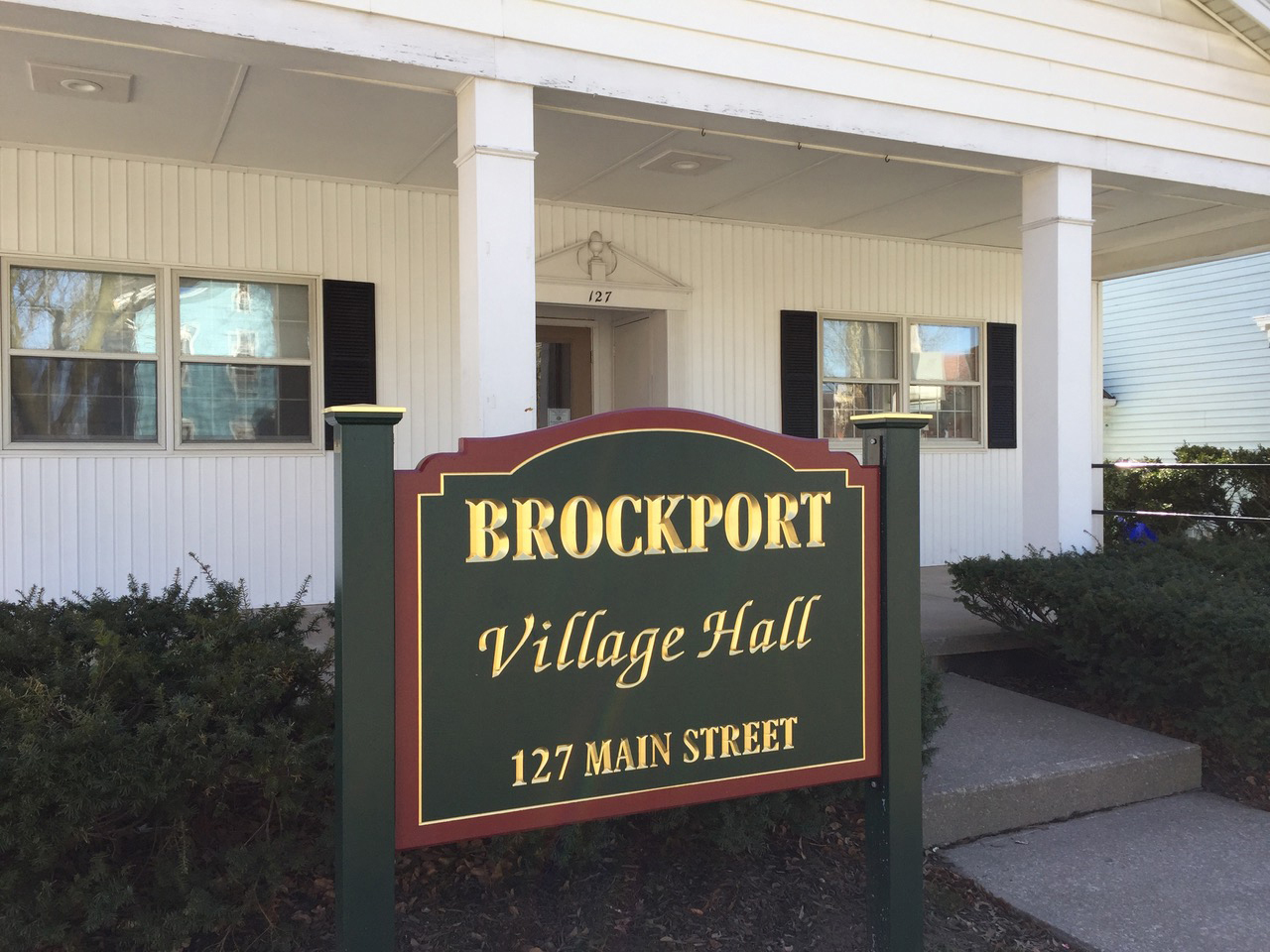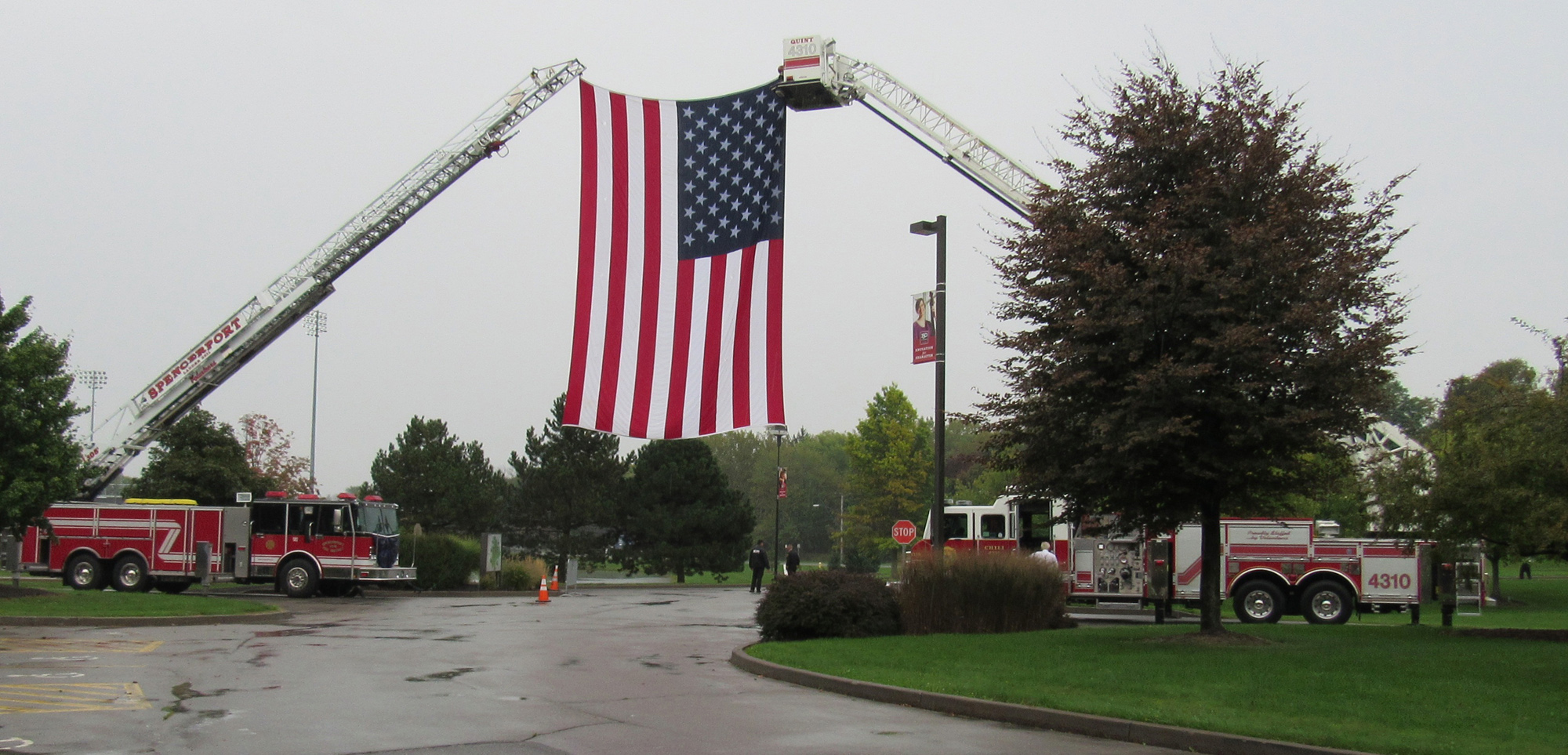Village of Brockport Municipal Code Update part 2
Zoning Code: What is it and why does it matter?

From the Mayor and Manager’s Office
of the Village of Brockport
The Village of Brockport Comprehensive Planning Committee, the Building Department, the Village Board, and our professional planners, Ingalls Planning, carefully considered what building and land use already exists, future use, and State and Federal requirements to propose changes to the zoning code. The purpose of these changes is to align the Village Zoning Code with the Village’s Comprehensive Plan, as well as to comply with state and federal mandates.
The comprehensive plan and proposed zoning designations complement future development and current land uses; most people will not have a change to their zoning.
One of the basic tenets of our American society is land ownership and the right to access and use that property. As communities developed, it became apparent that not every possible land use blended well with neighboring uses. Nobody wants a pig farmer next door, but everyone wants bacon.
Zoning is the solution for bacon farmers. Communities don’t adopt zoning laws to allow every possible use but to allow the uses in the best, most logical locations possible. Zoning laws create districts with varying names and permitted uses; basically, there are several main categories, including agricultural, residential, business, commercial, and industrial.
One problem with creating zoning districts is you have to draw a line on a map and, figuratively, on the ground to separate the zones and their allowed uses. The lines are not arbitrary.
Done well, drawing the lines is a forward-thinking process that includes future development.
There are specifically allowed uses for each category in the zoning code.
If you buy a piece of land in a residential zone, you’ll likely have the right to build a house on a conforming lot and use the land in a residential manner. One expects to be allowed to conduct business in the business district, manufacture widgets in the industrial district, and so forth.
The Village of Brockport’s current residential district zoning allows for single-family homes and places of worship. Obviously, there are other uses besides single-family homes and churches in the residential district. There are multi-family homes, professional offices, and apartment buildings. Why are these other uses in a zone restricted to single-family and places of worship? There are several reasons, but the two most common reasons are the use existed before the current zoning code or changes happened without the knowledge or consent of the Village. These days, governments and communities pay much closer attention to allowed uses than they did in the 1960s and 1970s.
There are Federal requirements for the Village to provide zoning for multi-family homes/buildings, so we have to draw a line somewhere to include multi-family homes. The most logical place to draw the line is around the area with the highest density of existing multi-family homes. Zoning that disallows multi-family and other nonconforming uses didn’t, and won’t, make those uses go away. Including multi-family in a district doesn’t mean existing infrastructure will change to multi-family. The zoning merely acknowledges what’s there and that what’s there occurred in response to demand. Our current code does not acknowledge multi-family homes and is therefore technically out of compliance with federal law.
In the same vein, Brockport has a Main Street, with Main Street businesses, and side streets off Main Street also with businesses. We drew a line around those existing uses and called it the Main Street District. The same applies to our Industrial and Light Industrial districts – they were already there.
For existing nonconforming uses, the village (thankfully) cannot zone someone out of their home or out of business. Nonconforming uses are allowed to continue even if the property sells.
If your zoning changes from Residential to Mixed Neighborhood, where the former allows single-family, and the latter allows multi-family, it is because you are in the area with the highest multi-family density.
In essence, the village made small changes to the range of each existing district and added a Mixed Neighborhood District within the boundaries of the former Residential District (renamed the Neighborhood District in the new code).
There has been some expressed concern about the historically designated homes/buildings that are located in the proposed Mixed Neighborhood District. Significant exterior alterations cannot happen to a locally designated historic structure or building without approval of the Historic Preservation Board. This includes alterations to porches, garages, windows, doors, façades, major changes in landscaping, and any exterior construction or changes that would require a building permit. It would also apply to any new construction and/or additions onto an existing structure or building.
There have also been concerns expressed about the potential for historic single-family homes being converted to a multi-unit home. Any home that is currently a single family home, cannot be converted to a multiple unit rental property without going through a significant internal overhaul in order to meet modern day building code requirements, including fire prevention regulations – which would likely necessitate an exterior staircase that would need to be historically appropriate and approved by the Historic Preservation Board. It would be virtually impossible for any of our historic structures in the Mixed Neighborhood District to make the leap to a multi-unit structure under modern regulations.





